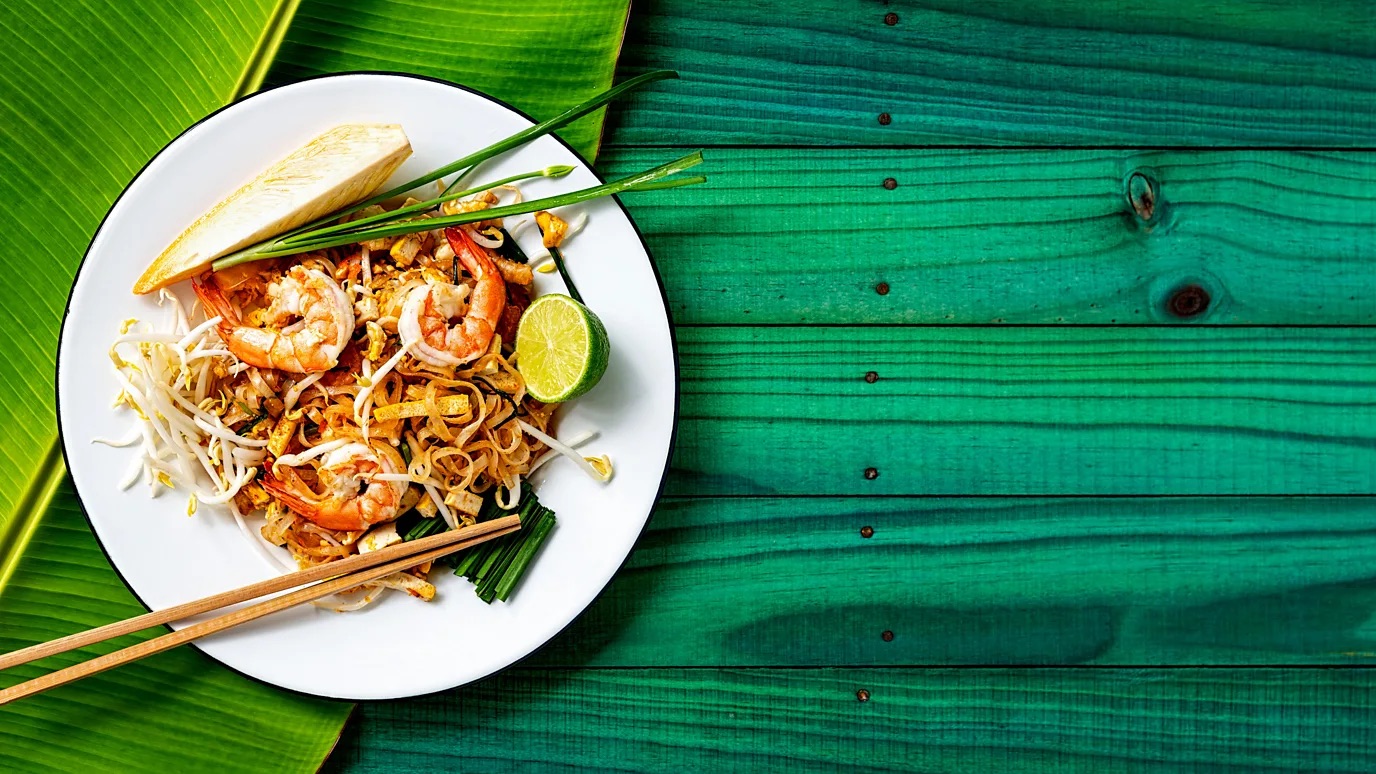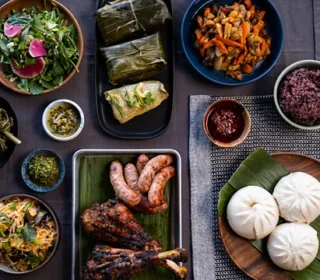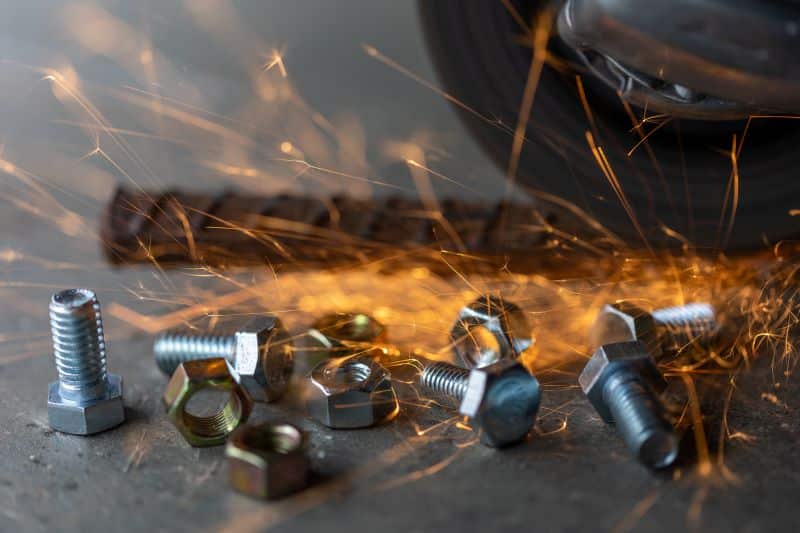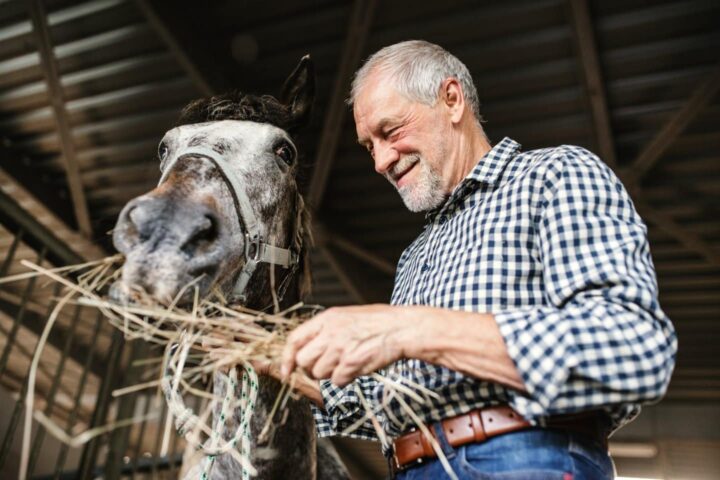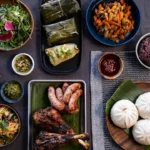
Chef Pam Soontornyanakij is Asia’s best female chef, and she loves pad Thai. Here are her picks for the best in Bangkok, from trendy wagyu pad Thai at May Rai to old school Thipsamai.
For many visitors to Bangkok, pad Thai – stir-fried rice noodles tossed in a wok with prawn, eggs, peanuts and bean sprouts – acts as the unofficial ambassador to Thailand’s vibrant cuisine. But pad Thai wasn’t even part of Thai life until the 1930s.
The history of stir-fried noodles in Thailand goes back to the Chinese immigrants who introduced rice noodles to the region in the 18th Century. After the end of World War One, military officer Plaek Phibunsongkhram – known as Phibun – led a coup and came to power, ending Thailand’s absolute monarchy. While cementing his authority, Phibun aimed to create a strong national identity and modernise the war-ravaged nation to avoid European invasions. So he engineered an economical, filling and nutritious diet, turning to inexpensive Chinese rice noodles and promoted a nationwide “noodle is your lunch” campaign, encouraging chefs to make rice noodles more Thai.
“Many ingredients in pad Thai like rice noodles belonged to Chinese immigrants. It’s very Thai-Chinese,” says Pam Pichaya Soontornyanakij, a Bangkok-born chef known for her progressive Thai-Chinese cuisine restaurant Potong. “But it was created to feed the Thai nationality, so people feel more Thai. And it worked.”
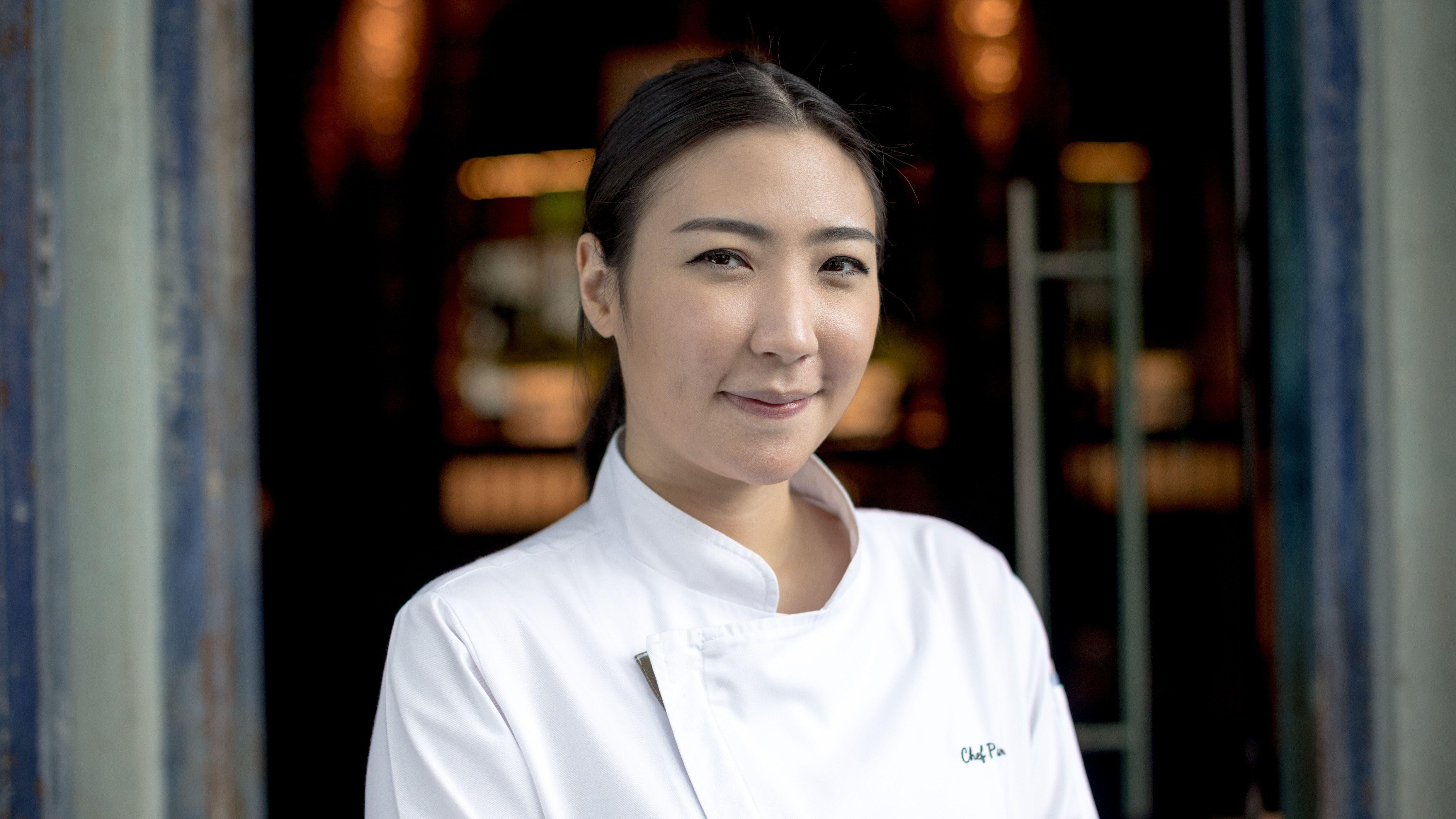
The SpeciaList
Bangkok-born Pam Pichaya Soontornyanakij graduated from the Culinary Institute of America in 2013. Her Thai-Chinese fine dining restaurant Potong in Bangkok’s Chinatown is found inside the same building where her family once ran a Chinese herbal pharmacy. In 2023, Soontornyanakij became the youngest and first-ever female chef to receive the Michelin Thailand Opening of the Year Award, while Potong also earned its first Michelin star. A year later, Soontornyanakij was recognised as Asia’s Best Female Chef.
Since 2002, a “Global Thai” campaign to boost Thailand’s tourism-heavy economy and the country’s image worldwide led to the opening of many Thai restaurants around the globe, leading people overseas to associate pad Thai with Thailand.
While the dish may not have hundreds of years of history, Soontornyanakij says that pad Thai is very cultural. “I’m proud of pad Thai,” says Soontornyanakij, who serves a modernised version of the dish at her restaurant, made with shrimp and topped with a Thai flag made of naturally-coloured red, white and blue rice noodles. “It portrays the struggles and the survival of the Thai people. And it’s become a staple today. It represents our landscape, our history.”
Here are Soontornyanakij’s top picks for pad Thai in Bangkok.

